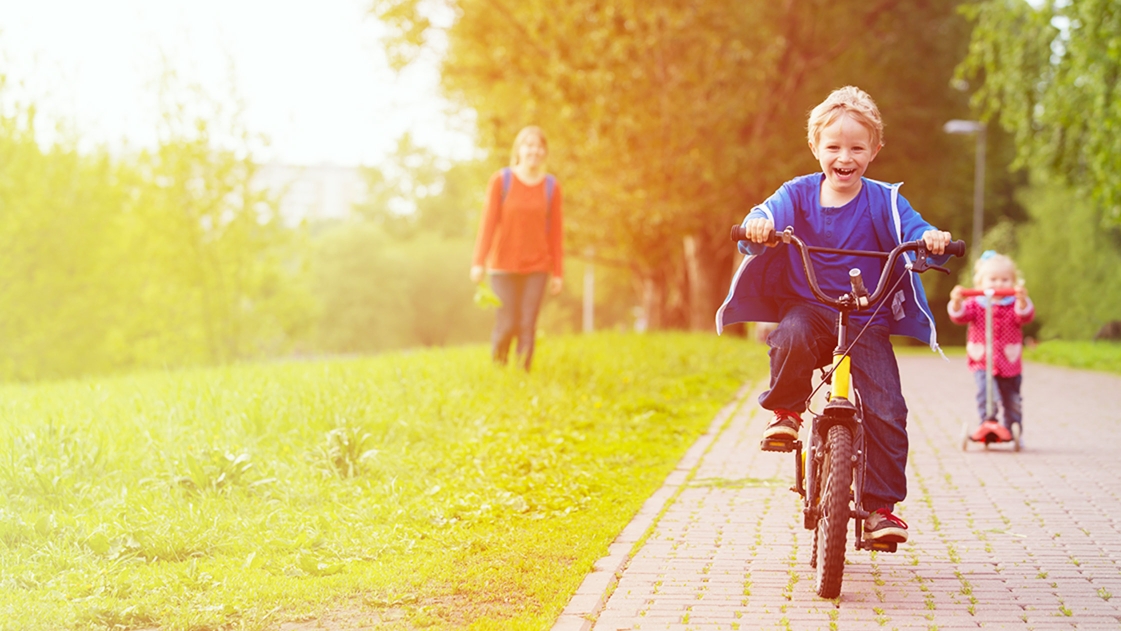Walkability: The Key to Sustainable Communities

When it comes to advancing communities, walkability has been a hot topic for the last decade or more. In fact, in 2010, The Infrastructurist, a blog focused on America’s infrastructure (now Planetizen), featured a post that caused a big electronic buzz, How Cul-de-Sacs are Killing Your Community. The post highlighted a research study performed at the University of British Columbia of the effects of cul-de-sacs in neighborhoods in King County, Washington. The study found that neighborhoods with cul-de-sacs, rather than interconnected streets, promote more automobile use.
The UBC research and others like it showed that the higher a neighborhood’s walkability, the greater the walking and biking. More walking and biking results in less air pollution, less fuel use, and thinner residents.
As a follow-up, the Michigan Municipal League’s magazine, The Review, published an issue focused on walkable communities. In it, Dan Burden of http://www.walkable.org shared his advice, which are good reminders for all urban planners.
12 Characteristics of a Walkable Community
Burden’s recommendations included:
- Intact Downtowns
- Residential Densities, Mixed-Income, Mixed Use
- Public Space
- Universal Design
- Key Streets are Speed Controlled
- Well-Linked Streets and Trails
- Properly Scaled Design
- City/Village is Designed for People
- Community is Thinking Small
- There are Many People Walking
- The Community and Neighborhoods Have a Vision
- Decision Makers are Forward Thinking
The theory behind cul-de-sacs was that they lessened traffic, since they change the primary function of local streets - rather than offering a way to get anywhere, now they simply provide access to private residences. The problem is that this design inherently encourages car use, even for the shortest trips. - Melissa Lafsky, The Infrastructurist
Besides being focused on “placemaking” as an essential part of advancing communities, we’ve worked with many of our long-time client communities to create more walkable villages. In future posts, I’ll share some of the steps taken to increase pedestrian access, safety, and a sense of “place.”
